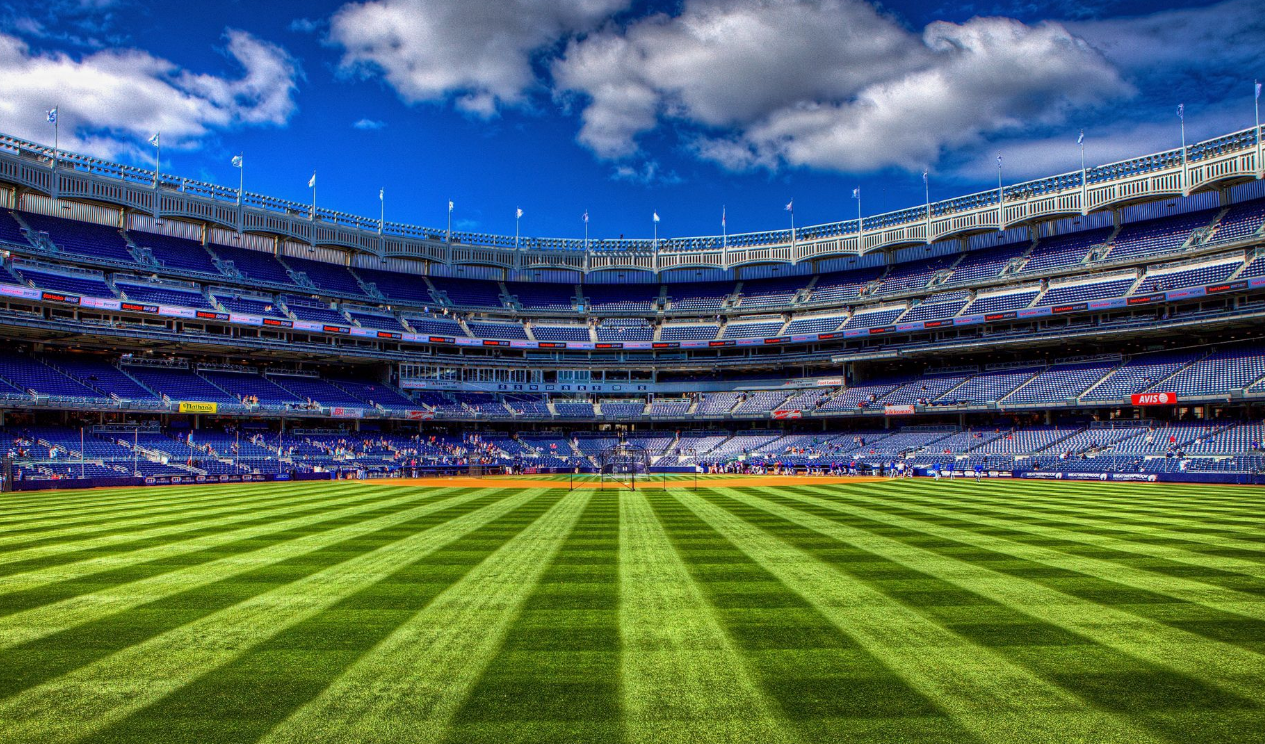A soccer field is called a pitch due to its association with cricket, where the playing area is also called a pitch. This term originated from Middle English, meaning to drive or fix firmly. Soccer, known as football in some parts of the world, has a unique lexicon that often confuses newcomers to the sport. One such term is “pitch,” which refers to the playing surface. The usage of “pitch” in soccer comes from its association with cricket, where the playing area is also called a pitch.
The term “pitch” originated from Middle English, meaning to drive or fix firmly. Understanding the history and terminology of soccer enriches the appreciation of the sport and its cultural significance.
Why is a Soccer Field Called a Pitch

Origins of The Term- Why is a Soccer Field Called a Pitch
Have you ever wondered why a soccer field is called a pitch? The term “pitch” has an interesting history, dating back to its origins in England. Let’s explore the historical background and evolution of the term to understand why it’s used to describe a soccer field.
Historical Background- Why is a Soccer Field Called a Pitch
In England, the term “pitch” was originally associated with cricket, referring to the playing area where the game was conducted. This term later extended to other sports, including soccer. Many early soccer matches were played on cricket fields, leading to the adoption of the term “pitch” to describe the playing surface for soccer as well.
Evolution of The Term- Why is a Soccer Field Called a Pitch
As soccer gained popularity, the term “pitch” became firmly entrenched in the sport’s vocabulary. Over time, it became universally accepted as the standard reference to the playing field in soccer. In England, the term “pitch” is commonly used to describe a soccer field, reflecting its historical connection to cricket and other sports.
Usage In Different Countries
Introduction paragraph about Why is a Soccer Field Called a Pitch and Usage in Different Countries…
United Kingdom
In the United Kingdom, the term “pitch” is commonly used to refer to a soccer field. This terminology has historical roots and is deeply ingrained in the culture of British football.
United States
In the United States, soccer fields are often referred to simply as “fields” rather than “pitches.” This distinction reflects the unique language preferences and sporting traditions in the United States.
Australia
Australia, like the United States, tends to use the term “field” when describing soccer playing surfaces. The Australian sporting lexicon differs slightly from that of the United Kingdom, showcasing the diverse linguistic landscape of global soccer culture.
Distinction From other Sports Fields
Understanding why a soccer field is referred to as a pitch involves delving into its roots and the distinction it holds compared to fields used in other sports. The term “pitch” in soccer originates from cricket, where games are played on a field known as a pitch. This connection traces back to early soccer matches being held on cricket fields, thus adopting the term “pitch” to describe the playing surface.
Football Vs Soccer
On the pitch, soccer’s meaning goes beyond just the term itself. The rules of soccer are known as the Laws of the Game, emphasizing fair play, sportsmanship, and the fundamental principles that govern the sport. Unlike football, where the field is called a “field” or “gridiron,” soccer’s pitch holds a unique significance in its terminology and historical context.
Baseball Vs Soccer
Comparing baseball to soccer highlights the distinct nature of a soccer pitch. While baseball fields are commonly referred to as “diamonds” due to their shape, a soccer pitch stands out for its rectangular playing surface. The dimensions, markings, and layout of a soccer pitch are designed to facilitate the flow and dynamics of the game, setting it apart from the configurations of other sports fields.

Characteristics of A Soccer Pitch
Introduction paragraph about Why is a Soccer Field Called a Pitch and Characteristics of a Soccer Pitch…
Dimensions
Content for the 1st subheading…
Surface Materials
Content for the 2nd subheading…
The Role of Pitch In The Game
Why is a Soccer Field Called a Pitch? The Role of Pitch in the Game
Impact on Gameplay
What are the rules of soccer known as? The soccer pitch plays a vital role in determining the flow and dynamics of the game. The size and condition of the pitch directly impacts player performance, speed of play, and overall match strategy.
Strategic Considerations
What is a football field called? Strategic positioning and player movements on the pitch are crucial elements in soccer. Teams strategically utilize the pitch’s dimensions and markings to create scoring opportunities, defend effectively, and control the pace of the game.
Maintenance and Care
Understanding the maintenance and care of a soccer field, also known as a pitch, is essential to ensure optimal playing conditions for athletes. Proper grass management and pitch preparation play a crucial role in maintaining the quality of the playing surface.
Grass Management
Grass management on a soccer field involves regular mowing, watering, and fertilization to promote healthy turf growth. A well-maintained pitch enhances player performance and reduces the risk of injuries during matches.
Pitch Preparation
Pitch preparation is a meticulous process that includes leveling the playing surface, marking the boundaries, and ensuring proper drainage to prevent waterlogging. What are the sidelines called in soccer? The meticulous care taken in pitch preparation is reflected in the quality of play on the field.
Innovation In Pitch Technology
Introduction paragraph about Why is a Soccer Field Called a Pitch and Innovation in Pitch Technology…
Artificial Turf
Artificial turf has revolutionized the way soccer fields are constructed and maintained. On the pitch meaning has evolved to include advanced synthetic surfaces that closely mimic natural grass, offering consistent playing conditions and durability. Soccer pitch dimensions on artificial turf are standardized to ensure a level playing field for all teams. This innovation in pitch technology has not only enhanced player performance but also reduced the environmental impact of traditional grass fields.
Hybrid Grass Systems
Hybrid grass systems combine natural grass with synthetic fibers to create a resilient and high-performance playing surface. The integration of what is pitch technology has led to increased durability and playability, allowing soccer matches to be conducted in various weather conditions without compromising the quality of the field. Soccer pitch dimensions are meticulously maintained with hybrid grass systems, providing a consistent and reliable playing surface for players at all levels.
Cultural Significance
The cultural significance behind why a soccer field is called a pitch is rooted in history and tradition. Understanding the community gatherings and international events that take place on these pitches sheds light on their importance in the world of soccer.
Community Gatherings
Soccer pitches serve as community hubs, bringing people together for matches, training sessions, and local tournaments. These spaces foster a sense of belonging and unity among players and supporters alike. The shared passion for the beautiful game creates a strong bond within the community.

International Events
On a global scale, soccer pitches are the stage for international competitions that capture the attention of millions worldwide. From the FIFA World Cup to the UEFA Champions League, these iconic venues host historic moments that transcend borders and cultures. The spirit of competition unites nations on the pitch.
Conclusion
The term “pitch” for a soccer field may seem odd at first, but its origins can be traced back to cricket. The term has been adopted in British English to refer to a sports playing area, including soccer. While some confusion may arise from the variety of terms used for playing surfaces in different countries, understanding the history and meaning behind the term “pitch” can help soccer fans and players alike appreciate the unique language of the sport.

